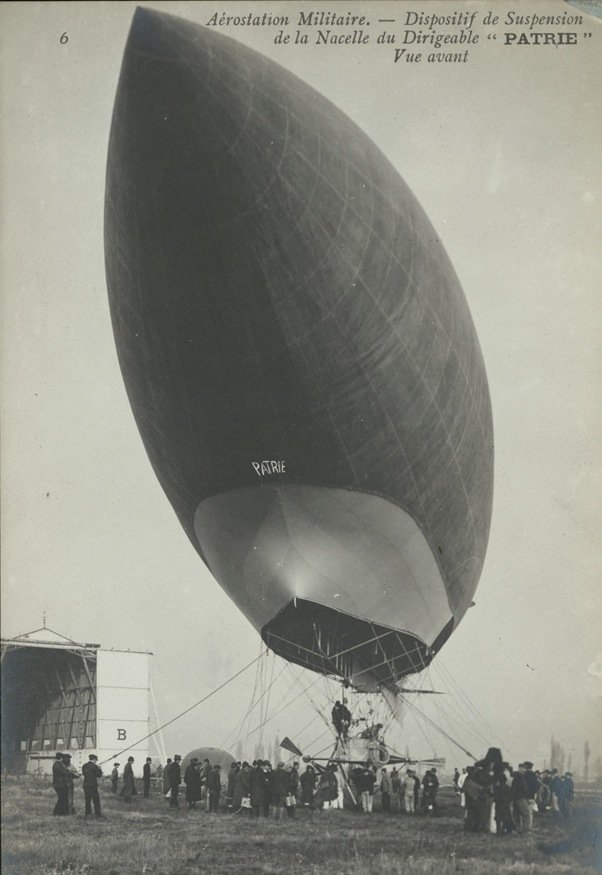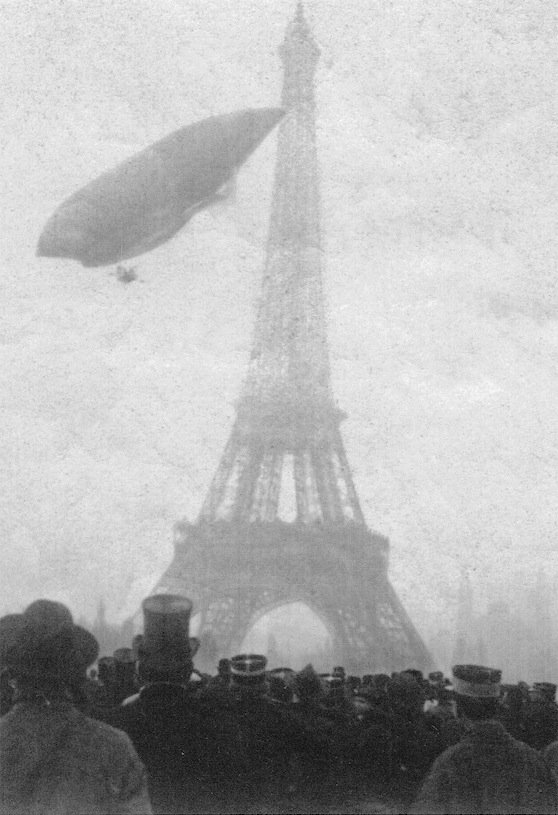Update: British newspapers online
I’ve updated my list of online sources for early twentieth century British newspapers. There are forty new titles, bringing the total up over one hundred, and more years are available for another couple of dozen newspapers. Most of the new titles are from the British Newspaper Archive (BNA), which now has a very helpful list […]





